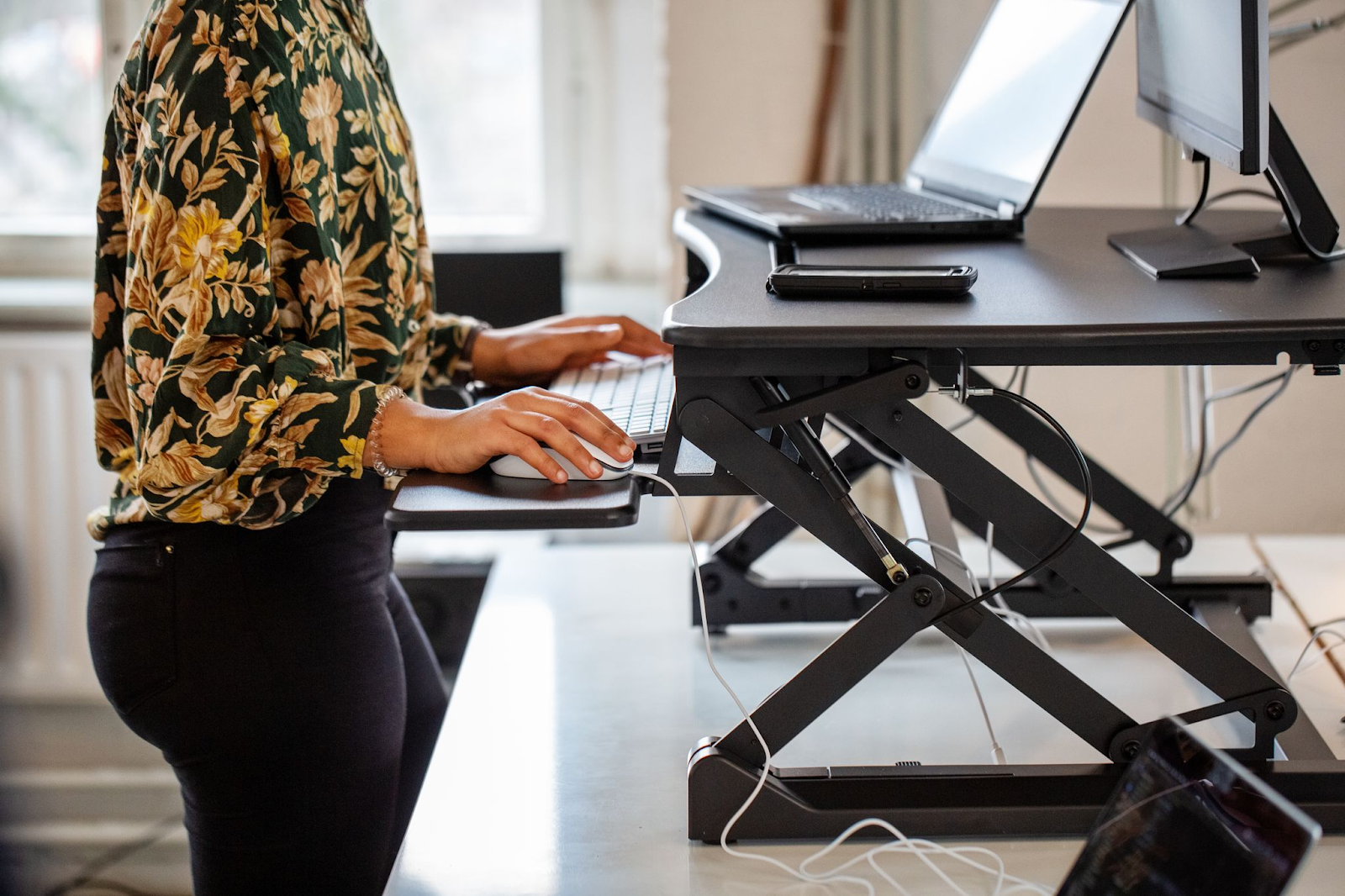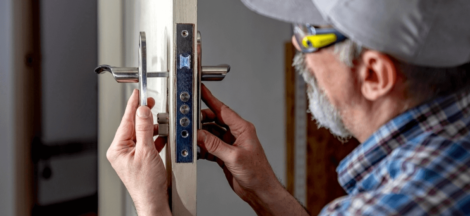Over the ages, workplaces have changed dramatically, and the invention of standing desks marks a critical turning point in the history of practical and comfortable office furniture. The standing desk has come a long way From its humble origins to its present level of popularity,
reflecting the dynamically shifting nature of work culture and human-centered design. Let’s take a look back at the standing desk’s development over time and discover its continued use in today’s workplace as we explore its historical background.
The Ergonomic Innovation Foundation
The origins of standing desks may be found in the ancient world when academics and scribes used raised platforms to do standing assignments. These crude frameworks served as a springboard for the ergonomic ideas that still influence the design of contemporary workspaces, highlighting the significance of encouraging an active and dynamic work schedule that promotes both physical and mental health. Accept the revolutionary potential of the antiquated invention and see how the earliest standing workstations paved the way for the ergonomic revolution that is still reshaping modern office dynamics.
Historical Modifications
The idea of standing desks was further modified in the Middle Ages when pulpits and lecterns were used as raised platforms for academic lectures and religious preaching. These modifications emphasized the value of encouraging an upright posture and improving audience participation, laying the groundwork for the incorporation of ergonomic concepts that place a priority on physical comfort and cognitive engagement. Accept the transforming power of medieval adaptations and see how the use of raised platforms as useful workstations paved the way for ergonomic advancements that still influence contemporary office spaces.
Impact of the Industrial Revolution
Flexible workstations that could be tailored to match the many demands and preferences of professionals and employees were made available by the Industrial Revolution, which profoundly altered the dynamics of workplace design. Standing workstations and desks with adjustable heights were popular at this time, indicating a greater understanding of the need to support employees’ physical and mental well-being and enable them to feel comfortable at work. Accept the transformational power of the Industrial Revolution and see how the introduction of movable workstations ushered in a new phase of ergonomic awareness and human-centered design that is still influencing modern office spaces.
Contemporary Renaissance
The comeback of standing desks in today’s modern offices signifies a return to ergonomic knowledge and an increasing focus on creating surroundings that are health-conscious. The modern era has witnessed a widespread integration of standing desks in various professional settings. This underscores a paradigm shift toward fostering a dynamic and active work culture that prioritizes employee wellness and productivity. This is due to mounting research supporting the benefits of standing desks in promoting physical health and enhancing cognitive functions. Accept the transformational power of the contemporary renaissance and see for yourself how the rise in popularity of standing desks is a testament to a dedication to reinventing workplace dynamics better to fulfill the evolving needs and objectives of the workforce.
Contemporary Renaissance
The widespread use of standing desks indicates a common commitment to promoting healthy and productive work environments as well as a global embrace of ergonomic concepts extending across regional and cultural borders. Standing desk integration has come to be associated with a forward-thinking approach to workplace design that prioritizes workers’ productivity across a wide range of cultures and geographical areas. Accept the transformational potential of widespread adoption and observe how the general acceptance of standing desks is evidence of our shared goal of designing work environments that are in line with the principles of diversity, creativity, and comprehensive staff development. Join forces across nations and continents to honor the well-balanced combination of cultural diversity and ergonomic excellence that characterizes the modern story of workplace design and career advancement.
Conclusion
The way standing desks have evolved historically tells a timeless story of creativity and flexibility that still influences the dynamics of modern offices. The standing desk has stood as a tribute to the lasting relevance of ergonomic consciousness and the persistent dedication to developing a work culture that values physical health and cognitive vibrancy from its ancient roots to its current resurrection. Adopting a standing desk may help you realise the full potential of your office as a thriving centre of innovation and productivity. It can also help you stand tall as a testament to the unwavering pursuit of ergonomic perfection and human-centric design.





 Custom Embroidery vs. Screen Printing: Which is Right for Your T-Shirts?
Custom Embroidery vs. Screen Printing: Which is Right for Your T-Shirts?